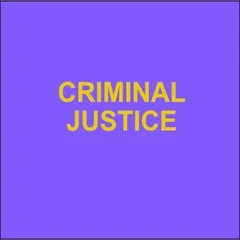By Jackie O'Brien
As American society has reckoned with the harmful effects of mass incarceration, there has been a push to consider alternative forms of achieving justice. Restorative justice is one such method. A transformative approach to conflict resolution inspired by the traditions and practices of indigenous peoples, restorative justice offers a comprehensive means of addressing harm, emphasizing the community, rather than the single act that caused harm. Many jurisdictions and communities have turned to restorative justice to divert cases from the punitive criminal legal system. While there are variations in programs and approaches, many communities integrate restorative justice practices as a means of addressing harm caused by young people. Applying a restorative approach, these initiatives seek to undermine the harmful, life-long effects that interaction with the criminal legal system imposes upon young people.
These restorative alternatives operate against the backdrop of the punitive system, leading scholars, practitioners, and community members to raise concerns about the lack of procedural protections in place for individuals proceeding through these diversionary programs. Because the proceedings are less adversarial in nature, the legal community has sounded the alarm about the potential for self-incrimination, coercion, and less zealous advocacy by counsel. This unease is further compounded by the fact that failure to complete the requirements of these programs can lead to a referral back to the traditional criminal legal system.
The Restorative Justice Community Court of Chicago (RJCC) is one such alternative. Created in 2017, there are now three RJCCs operating in the North Lawndale, Englewood, and Avondale communities. This Comment seeks to analyze the due process concerns raised by members of the legal and restorative justice communities through the lens of the North Lawndale RJCC. Drawing on knowledge gained through my personal observations and interviews, it is clear that due process violations do not present a substantial threat to the success of the RJCC. Programs like the RJCC operate in a gray zone between the legal rigidity of the criminal legal system and the community-oriented approach adopted by the restorative justice community. This framework urges us to evaluate these programs through an alternative lens so that we can better understand their contributions to furthering justice while remaining aware of their shortcomings to create fully restorative spaces.
113 J. Crim. L. & Criminology 685 (2023).






